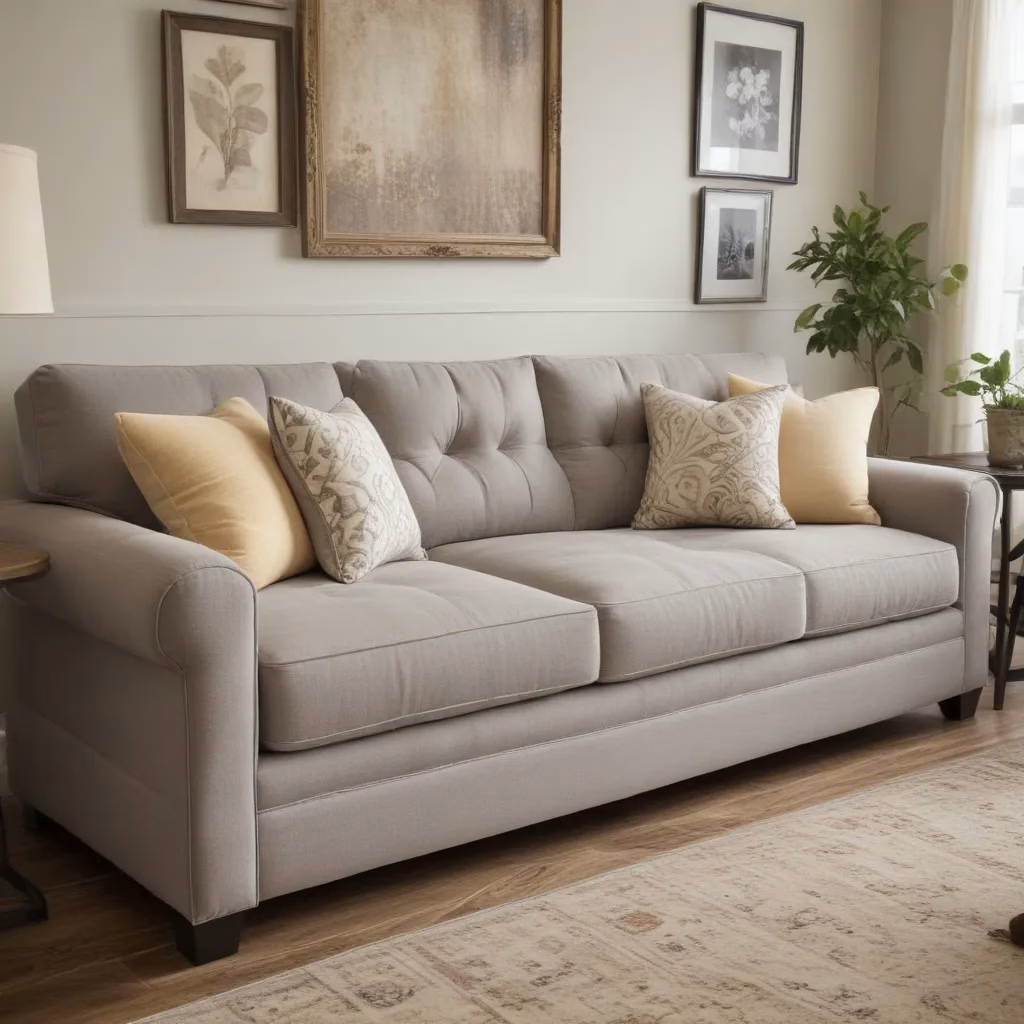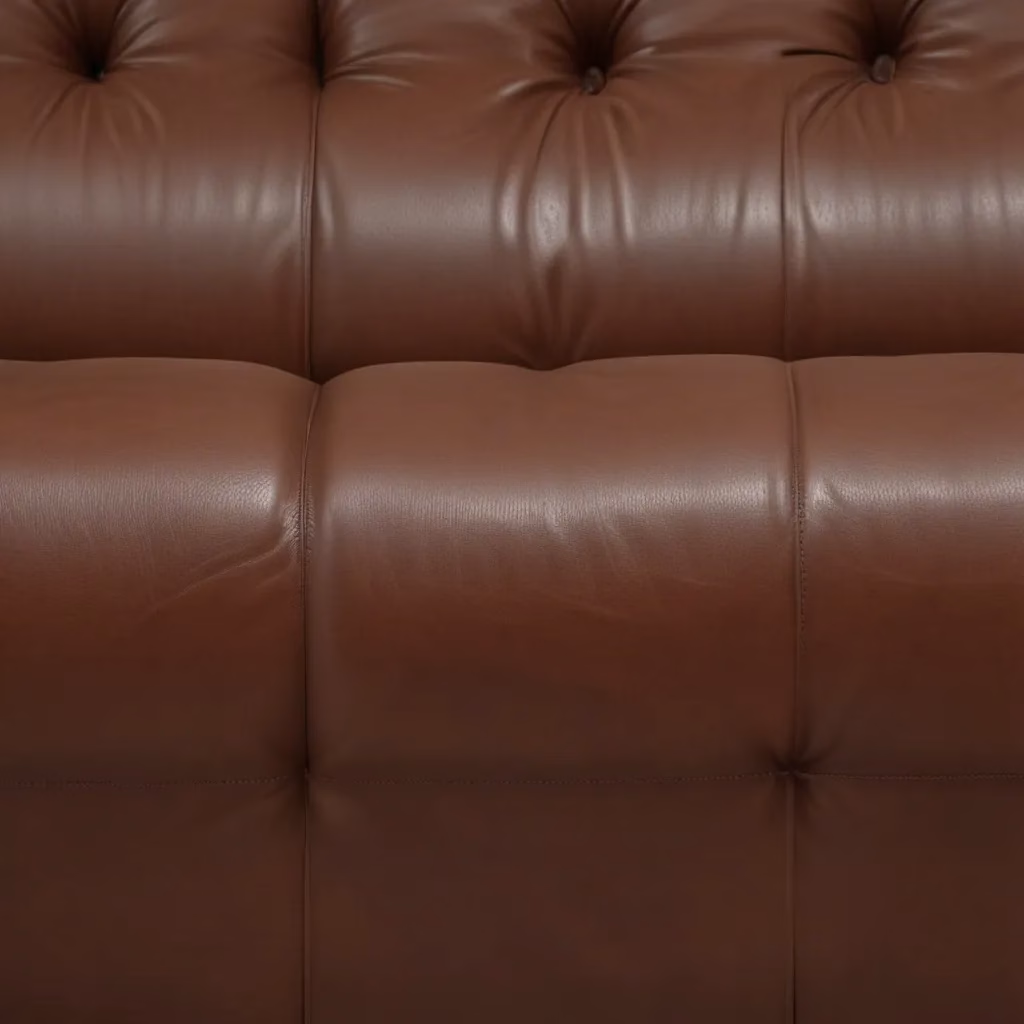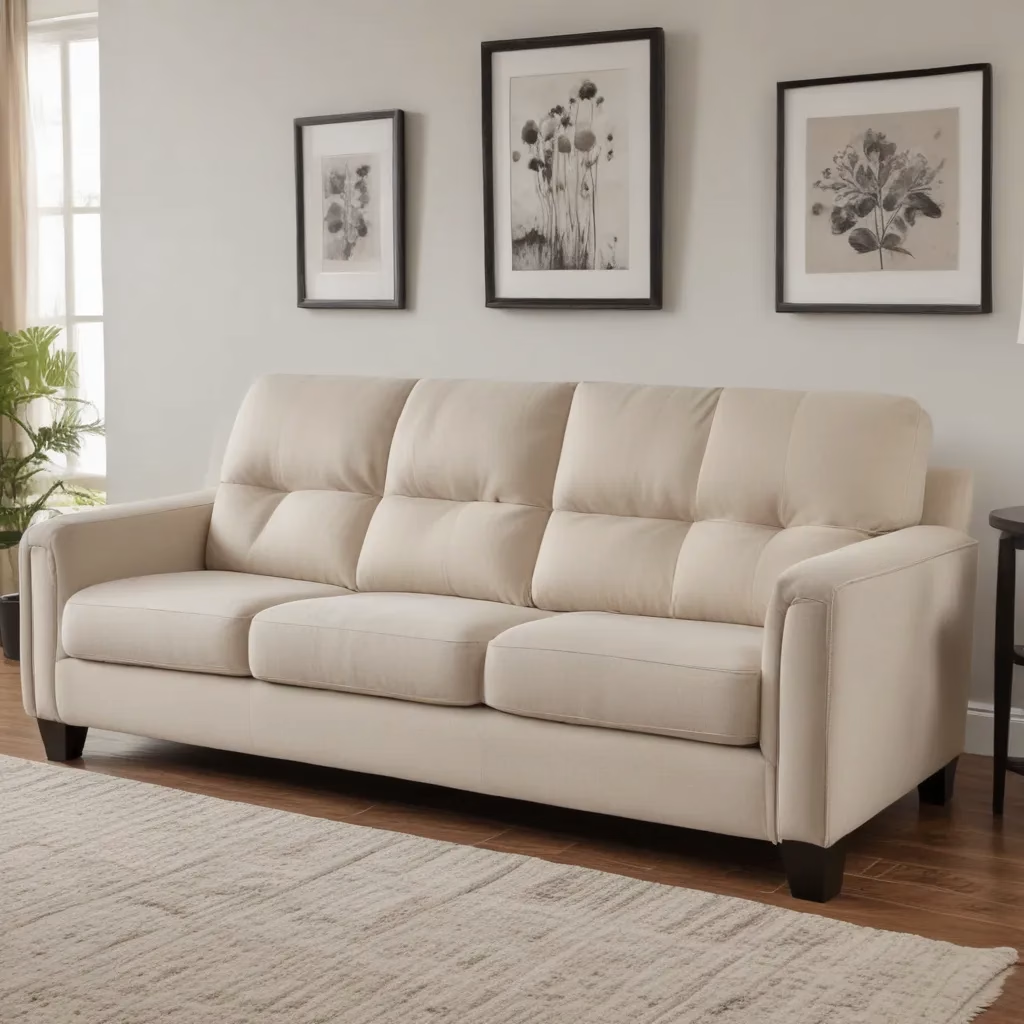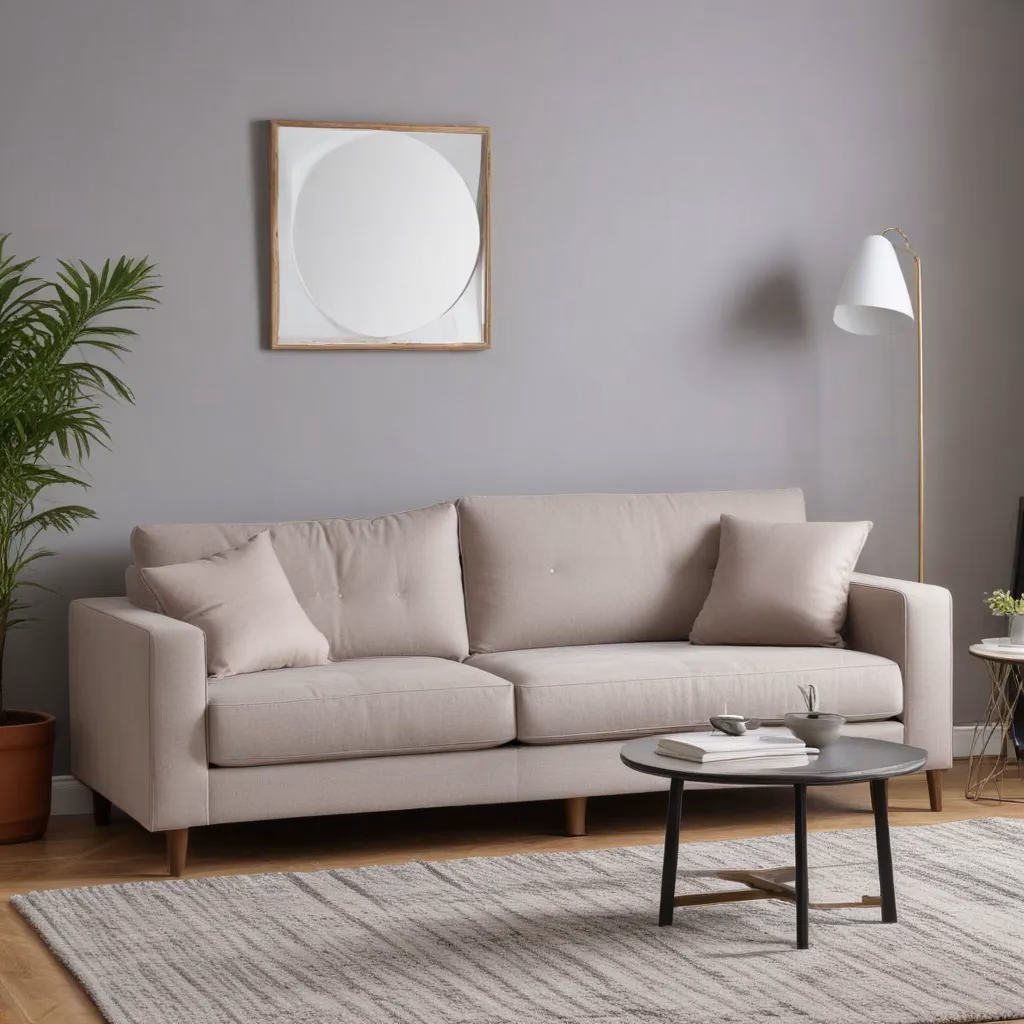
Furniture Buying Guide: Understanding Sofa Upholstery Grading and Quality
Selecting the perfect sofa for your living room is a multifaceted decision involving style, comfort, and long-term durability. While the overall look and feel of a sofa are crucial, the quality and grading of the upholstery fabric is a key factor that is often overlooked by first-time furniture buyers. Understanding the nuances of sofa upholstery – from material types to performance ratings – can help you make an informed choice that stands the test of time.
Now, this might seem counterintuitive…
Sofa Upholstery Essentials
Fabric and Upholstery Selection
Upholstery Grading and Quality
Upholstery fabrics are categorized into grades that indicate their expected durability and suitability for different applications. The grading system typically ranks fabrics on a scale from light domestic use to heavy commercial use.
Light domestic use fabrics, such as silks and lightweight cottons, are delicate materials best suited for accent furniture that sees minimal wear and tear. These fabrics require gentle cleaning and are not recommended for high-traffic seating.
Medium domestic use fabrics, including cotton/polyester blends and tightly woven textiles, work well for everyday residential use on furniture in low-traffic areas. These all-purpose fabrics are more sturdy and resilient than their lighter counterparts.
Heavy-duty fabrics, including microfibres, vinyls, and polyester blends, are designed to withstand constant, intensive use in high-traffic living areas and on kid- and pet-friendly furniture. These commercial-grade upholstery materials are incredibly durable and abrasion-resistant.
While the grading system provides a general guideline, it’s important to note that fabric grades can vary significantly between manufacturers. So, when selecting upholstery, focus on factors like fiber type, weave tightness, and special finishes rather than relying solely on the grade.
Fabric Types and Durability
A variety of fabrics are used for sofa upholstery, each with its own unique properties and performance characteristics:
- Natural Fibers: Cotton, linen, wool, and silk have inherent strengths and weaknesses. For example, linen is durable but prone to wrinkling, while wool is tough but may pill with friction.
- Synthetic Fabrics: Materials like polyester and microfibre are engineered to be wrinkle-resistant, stain-proof, and highly durable.
- Blended Fabrics: Combining natural and synthetic fibers can create upholstery that balances aesthetics, comfort, and longevity.
- Leather: A premium upholstery material known for its luxurious look and feel, as well as exceptional durability. Different leather finishes, such as full-grain and top-grain, offer unique characteristics.
The tightness of a fabric’s weave is another important factor that impacts its strength and longevity. A tighter weave with a higher thread count creates a denser, more resilient material. Special finishes, like stain-resistant coatings or fire-retardant treatments, can also enhance a fabric’s performance.
Customizing Upholstery
Many furniture retailers and upholstery specialists offer a wide range of fabric options, allowing you to customize the look and feel of your sofa. This presents an opportunity to select a material that perfectly suits your lifestyle and décor preferences.
When exploring customization options, consider factors like color, pattern, texture, and performance characteristics. Choosing a durable, easy-to-clean fabric for high-traffic areas, while selecting a more delicate textile for accent pieces, can create a cohesive and functional living space.
Living Room Layout Strategies
Room Measurements and Sofa Sizing
Before selecting a sofa, it’s essential to measure your living room and identify the optimal size and configuration for the space. Consider the room’s dimensions, doorways, and any other obstacles that may affect furniture placement.
Measure the available floor space to determine the maximum sofa size that will fit comfortably without crowding the room. Keep in mind the overall scale and proportion of the sofa in relation to the size of the living area. A too-large or too-small sofa can throw off the balance and flow of the room.
Space Planning for Optimal Furniture Placement
Once you’ve determined the ideal sofa size, plan the furniture layout to double-check that a functional and visually appealing living space. Establish clear traffic patterns, designate conversation areas, and arrange seating to encourage interaction.
Consider the placement of other living room furniture, such as armchairs, coffee tables, and media units, to create a cohesive and balanced design. Allow for ample walkways and double-check that there is enough space for people to move around the room comfortably.
Traffic Flow and Seating Arrangement
Thoughtfully arranging the seating in your living room can significantly impact the overall functionality and ambiance of the space. Position the sofa to face the primary focal point, whether it’s a fireplace, TV, or stunning view, to create a natural conversation area.
Arrange additional seating, such as armchairs or loveseats, to encourage face-to-face interaction and facilitate easy conversation. Leave enough space between pieces to allow for easy movement and access, but not too much to create an isolated, disconnected feel.
Complementary Décor Elements
Coordinating Furniture and Accessories
The sofa is often the centerpiece of a living room, so it’s important to select complementary furniture and accessories that enhance the overall aesthetic. Consider the sofa’s style, color, and material when choosing other living room pieces, such as end tables, coffee tables, and area rugs.
Incorporate a mix of textures, patterns, and finishes to add visual interest and depth to the space. Coordinate the sofa’s upholstery with throw pillows, blankets, and other textiles to create a cohesive look.
Lighting and Ambiance
Proper lighting can dramatically impact the mood and atmosphere of a living room. Combine a mix of ambient, task, and accent lighting to illuminate the space and highlight the sofa’s features.
Floor lamps, table lamps, and overhead fixtures can all contribute to the overall lighting scheme. Aim for a balanced, layered approach that provides both functional illumination and a warm, inviting ambiance.
Sofa Care and Maintenance
Cleaning and Stain Removal
Proper cleaning and maintenance are essential for preserving the beauty and longevity of your sofa’s upholstery. Refer to the manufacturer’s instructions for the recommended cleaning methods and products specific to your sofa’s fabric.
For light cleaning, use a vacuum with an upholstery attachment to remove dust and debris. For tougher stains, spot-clean the affected area using a mild, detergent-free soap and distilled water. Avoid rubbing, as this can push the stain further into the fabric.
Extending Sofa Lifespan
Regular care and proper handling can help extend the life of your sofa. Rotate and fluff the cushions periodically to double-check that even wear, and avoid exposing the upholstery to direct sunlight, which can cause fading and damage.
If your sofa begins to show signs of wear, such as sagging or loose stitching, consider reupholstering or replacing the cushions to revive its appearance and comfort. Investing in quality furniture and following the manufacturer’s recommendations for care can double-check that your sofa remains a beautiful and functional centerpiece of your living room for years to come.
Styling for Comfort and Aesthetics
Choosing the Right Sofa Shape and Size
When selecting a sofa, consider both the practical and aesthetic aspects. Choose a size and shape that fits the scale of your living room, while also providing the desired level of comfort and seating capacity.
Factors like the sofa’s depth, height, and overall proportions can affect the overall look and feel of the space. Balancing the sofa’s size with the room’s dimensions and your personal preferences can create a harmonious and inviting living area.
Accessorizing and Layering
Elevate the visual appeal of your sofa by incorporating complementary accessories and layers. Throw pillows, blankets, and area rugs can add texture, color, and depth to the seating arrangement.
Experiment with different patterns, materials, and sizes to achieve a visually interesting and cohesive design. Remember to strike a balance between function and aesthetics, ensuring the accessories enhance the sofa’s comfort and practicality.
Furniture Buying Guides
Researching and Evaluating Options
When shopping for a new sofa, it’s essential to research and evaluate your options thoroughly. Explore online resources, such as SofaSpectacular.co.uk, to gain insights into the latest trends, materials, and features.
Visit local furniture stores, if possible, to interact with the sofas and feel the quality of the upholstery. Pay attention to the construction, frame, and overall craftsmanship to double-check that you’re investing in a piece that will stand the test of time.
Budgeting and Investment Considerations
Sofa prices can vary significantly, from affordable options to high-end, custom-made pieces. Consider your budget and balance your short-term needs with the long-term value and durability of the furniture.
While cost-effective alternatives, such as bonded leather or synthetic fabrics, may be tempting, investing in a quality, well-constructed sofa with durable upholstery can maximize your return on investment. Prioritize the features and materials that are most important to you, and be prepared to negotiate or explore financing options to secure your dream sofa.
By understanding the essentials of sofa upholstery, implementing smart living room layout strategies, and making informed furniture buying decisions, you can create a comfortable, stylish, and functional living space that will be the heart of your home for years to come.
Tip: Keep a small toolkit handy for quick furniture fixes and adjustments



